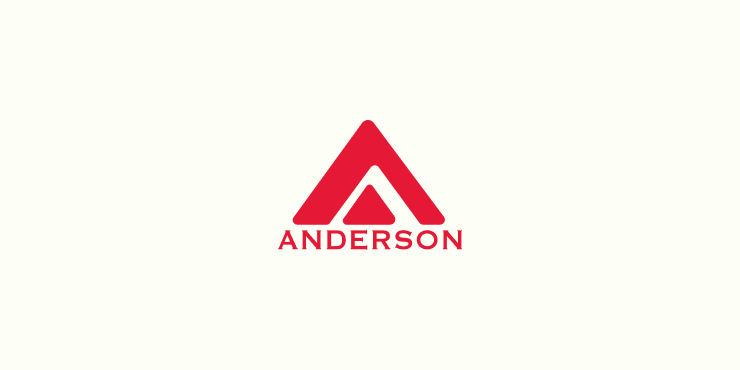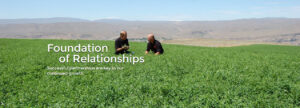 During the spring when the temperature is warming and moisture is not a limiting factor, cool-season grasses grow rapidly and nutrients in the grass are diluted because the moisture content is high. In a previous blog we discussed the potential problems that a horse may experience if he were turned out on lush grass after having been fed a hay-based diet. Cattle may also be affected by similar metabolic disorders such as grass tetany (also known as grass staggers) after being turned out to graze spring pastures.
During the spring when the temperature is warming and moisture is not a limiting factor, cool-season grasses grow rapidly and nutrients in the grass are diluted because the moisture content is high. In a previous blog we discussed the potential problems that a horse may experience if he were turned out on lush grass after having been fed a hay-based diet. Cattle may also be affected by similar metabolic disorders such as grass tetany (also known as grass staggers) after being turned out to graze spring pastures.
Grass tetany is a metabolic disorder seen in cattle that have not consumed enough magnesium and most commonly occurs in cattle that have been turned out on spring pasture after consuming hay all winter. Magnesium is an important component of enzymes that are used for cellular maintenance and growth, including DNA, RNA, and protein synthesis (1) and it also plays an important role in nerve transmission in skeletal muscle. Interestingly, unlike other essential minerals, there is no internal control mechanism to regulate magnesium levels (1). Excess magnesium is excreted by the kidneys in the urine, but magnesium is not stored in the kidneys. Therefore, when output, especially during lactation, exceeds input, cattle may develop hypomagnesemia or magnesium deficiency.
Cows in early lactation are most susceptible to grass tetany with older cows more likely to be afflicted with the disorder than first- or second-calf heifers. Symptoms of grass tetany include: excitability or nervousness, staggering gait, twitching skin, teeth grinding, collapse, convulsions, and eventually death (2). Tetany progresses rapidly and cattle will die unless treated early in the course of the disorder. Therefore, prevention of hypomagnesemia is obviously preferred. Cattle should be fed a magnesium supplement or free-choice mineral that contains 2.5 to 3.5% magnesium on a continuous basis (2).
Soils that contain low levels of magnesium and high concentrations of potassium and crude protein are most likely to produce pastures that have the highest risk of causing grass tetany in cattle (2). Not only are cattle unable to consume enough magnesium to meet their nutritional requirement, but the high levels of potassium and crude protein in grasses from these soils also interfere with magnesium absorption in the rumen. Hypomagnesemia may also occur when grasses contain adequate magnesium but were fertilized with high levels of potassium and nitrogen. In both cases, it may be necessary to supplement higher levels of magnesium, especially if cattle were not previously fed a supplement that contained magnesium. Soil tests will indicate actual mineral levels and dictate adequate dietary supplementation for cattle.
How are your cows adjusting to spring turn out? What do you do to ensure good pature turn out? Share with us in the comment section.
Would you like to receive this blog via email? Subscribe above on the left.
References
(1) Odette, O. 2005. Grass tetany in a herd of beef cows. Can Vet J. 46:732-734.
(2) Lemenger, R, A. Bridges, M. Claeys, and K. Johnson. http://www.ansc.purdue.edu/beef/articles/GrassTetanyBloat.pdf


